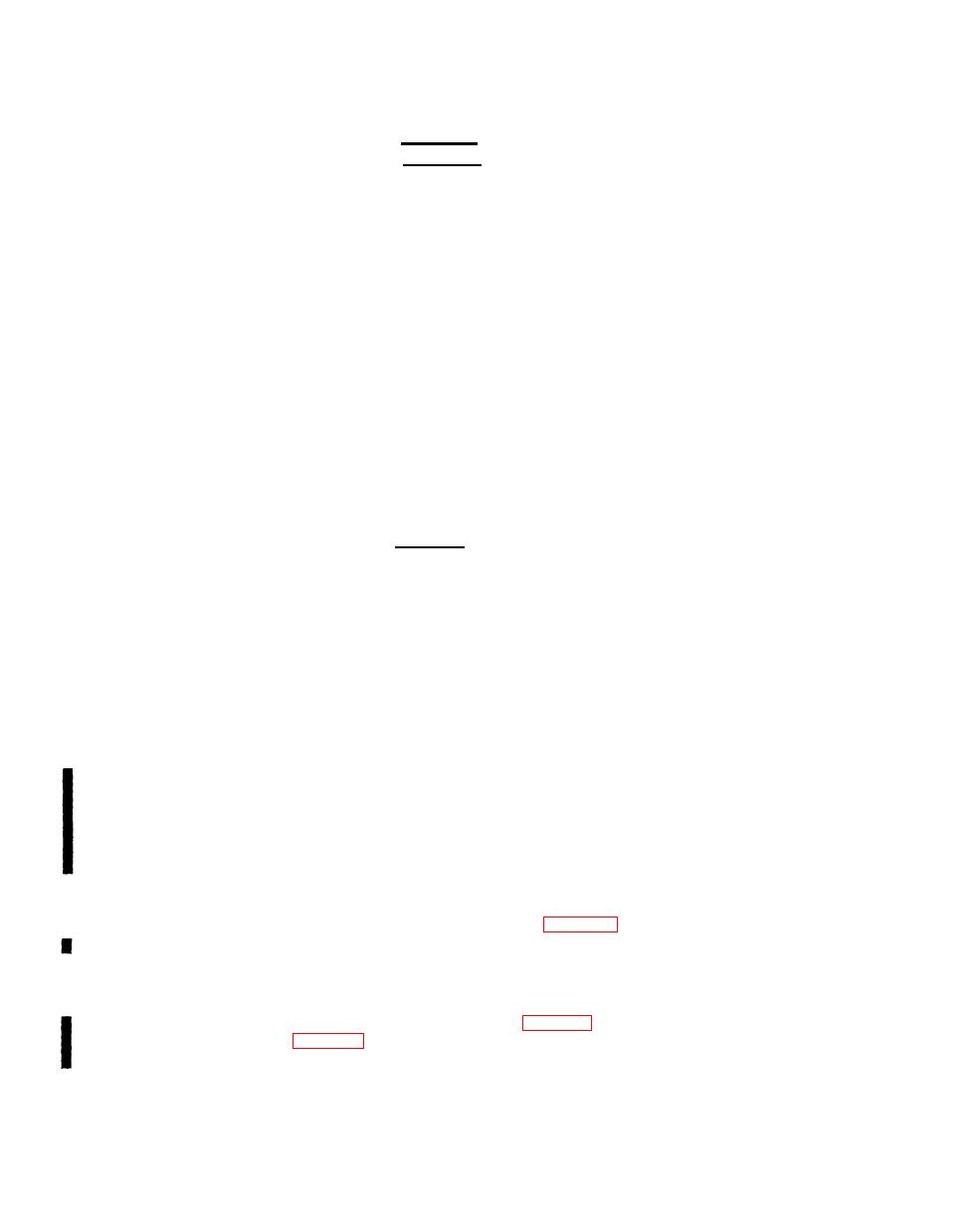 |
|||
|
|
|||
|
Page Title:
GENERAL MAINTENANCE PROCEDURES. |
|
||
| ||||||||||
|
|
 TM 9-2320-279-20-1
WARNING
Adhesives, solvents, and sealing compounds can burn easily, can give off harmful va-
pors, and are harmful to skin and clothing. To avoid injury or death, keep away from fire
and use in well-ventilated area. If adhesive, solvents, or sealing compound gets on skin
or clothing, wash immediately with soap and water.
a. Cleanliness. Dirt, grease, oil and debris only get in the way and may cover up a serious problem.
Use dry cleaning solvent on metal surfaces and soapy water on rubber.
b. Bolts, Nuts, And Screws. Check bolts, nuts, and screws for obvious looseness, missing, bent, or
broken condition and tighten or replace as necessary. They cannot all be checked with a tool, of course,
but look for chipped paint, bare metal, or rust around bolt heads.
c. Welds. Look for loose or chipped paint, rust, or gaps where parts are welded together. If a bad
weld is found, have it repaired.
d. Electric Wires And Connectors. Look for cracked or broken insulation, bare wires, and loose or
broken connectors. Tighten loose connectors and make sure the wires are in good shape.
e. Hydraulic Lines And Fittings. Look for wear, damage, leaks, and make sure clamps and fittings
are tight. Wet spots show leaks, of course, but a stain around a fitting or connector may indicate a leak. If
a connector or fitting is loose, tighten it. If something is broken or worn out, repair or replace per applica-
ble procedure.
2-12. FLUID LEAKAGE. It is necessary to know how fluid leakage affects the status of fuel. oil, coolant,
and the hydraulic systems. The following are-definitions of types/classes of leakage necessary to know in
order to determine the status of the vehicle.
CAUTION
Equipment operation is allowable with minor leakages (Class I or II). Of course, consid-
eration must be given to the field capacity in the item/system being checked/inspected.
When in doubt, notify the supervisor. When operating with Class I or II leaks, continue
to check fluid levels as required in the PMCS. Class III leaks should be repaired per ap-
plicable procedure.
a. Class I. Seepage or fluid as indicated by wetness or discoloration not great enough to form drops.
b. Class II. Leakage of fluid great enough to form drops but not enough to cause drops to drip from
item being checked/inspected.
c. Class Ill. Leakage of fluid great enough to form drops that fall from the item being checked/in-
spected.
a. Do the (S) PREVENTIVE MAINTENANCE once every six months and/or every 3,000 miles (4827
KM) whichever comes first.
b. Do the (A) PREVENTIVE MAINTENANCE once each year and/or every 6,000 miles (19,308 KM)
whichever comes first.
c. Do the (B) PREVENTIVE MAINTENANCE once every two years and/or every 12,000 miles
(19.308 KM) whichever comes first.
d. Always do the PREVENTIVE MAINTENANCE in the same order until it gets to be a habit. Once
practiced, it will be easy to spot anything wrong in a hurry.
f. If anything looks wrong and is not fixed, write a DA Form 2404.
g. When doing preventive maintenance, take along the tools and supplies needed to make all the
checks. Always take a clean cloth or two.
NOTE
TABLE 2-1 covers items which are common to all models. Table 2-2 covers items only
used on certain models. Table 2-3 covers auxiliary equipment which may be found on
any model.
Change 2
|
|
Privacy Statement - Press Release - Copyright Information. - Contact Us |